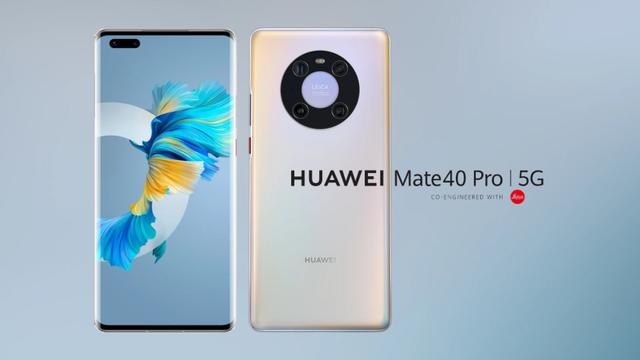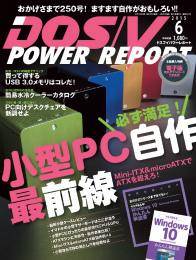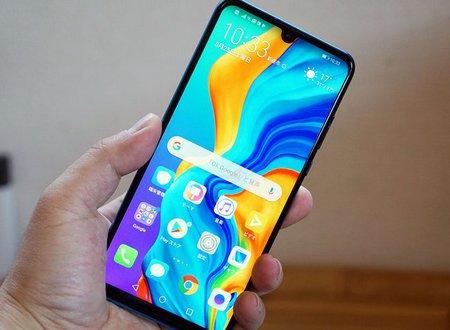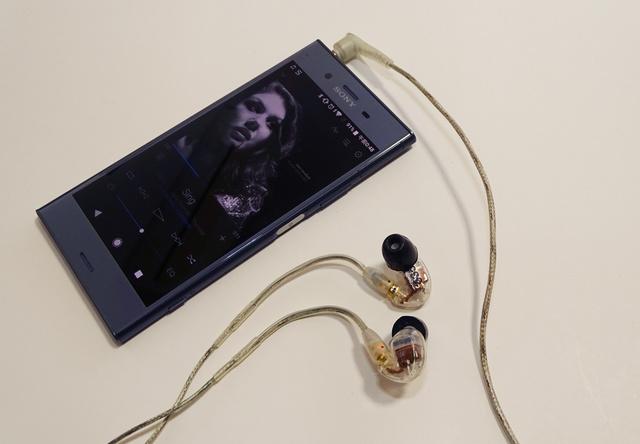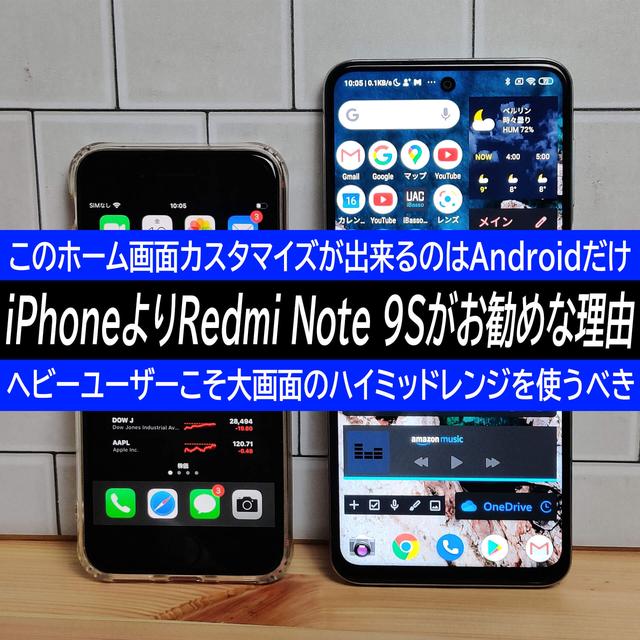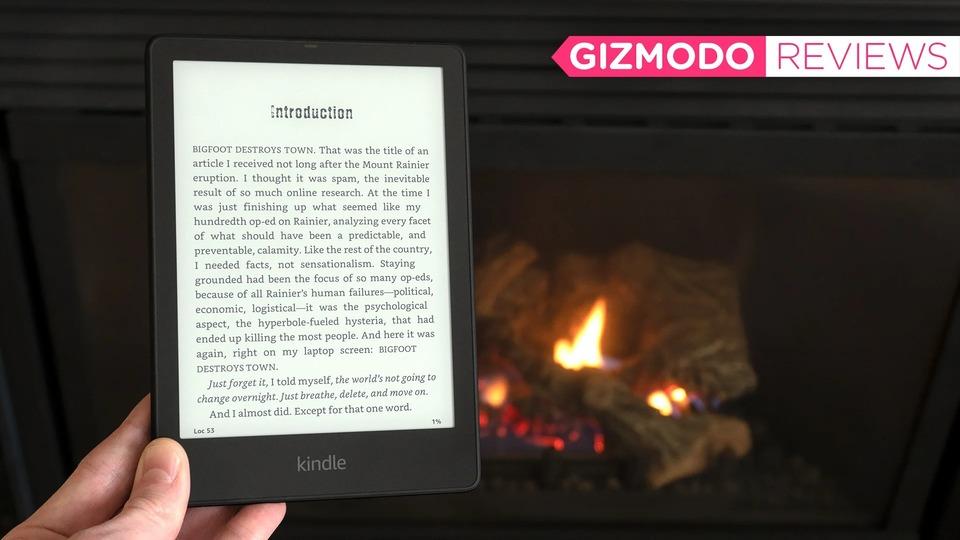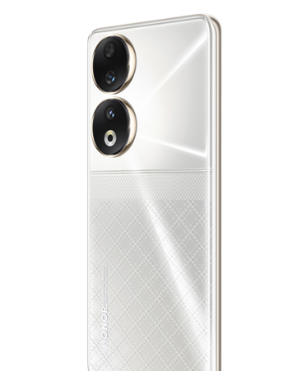We soon tried the HarmonyOS2 developed by Huawei. As of June 6, 2021, only for Mate 40 series and P40 series listed in China. The date for updating Harmony OS2 for overseas sales, including Japan, has not yet been determined.
Update to HarmonyOS 2 from "My Huawei" instead of configuring the application. In addition, in the author's case, if the country is not set to "China" in Huawei's app store "AppGallery", My Huawei will not display updates to HarmonyOS2.
The updated home screen looks similar to Android, but shows a widget that uses a four-frame icon (2x2). This is "Celia" Mini Program, Huawei's voice AI assistant. Another difference is that some applications have a thin line under the icon.
In addition, you can start the Android application pre-installed in the author's Mate 40 Pro. This means that the Android application runs on HarmonyOS2.
When you slide down from the upper right corner of the screen, the control panel appears. This design is very different from the EMUI of Huawei Android devices. It often uses icons, just like iOS. The "switch" section in the middle allows you to register commonly used shortcuts, and standard displays 5 shortcuts and screen brightness adjustment bars, which will display your registration when you slide it down.
A feature of HarmonyOS 2 is the fast information display and widgets of the application on the home screen. Whether it's iOS or Android OS, the widget is invoked and pasted when you configure it. At the same time, HarmonyOS integrates widgets into the application. If you are an application that displays thin lines below the icon, you can set it as a widget.

For example, when you slide your fingertips up on a clock application, a clock appears on the icon, and you can know the current time even if you don't open the application. You can also quickly view the latest information about your application. HarmonyOS 2 allows you to immediately view the information you want to know by swiping the application icon.
In addition, click the pin icon in the upper left corner of the display clock to paste the clock directly into the main screen as a widget. In other words, instead of calling the widget to be posted on the main screen, if it is an application that can be displayed quickly, you can paste the Quick display widget directly.
Also, the display content and size of the widget can be provided by the application. Press the length of the widget to display "other fragments", and select it to change the widget style. If it is a clock, you can choose single clock or World clock.
There are also applications such as Calendar, notepad, Healthcare, Weather, and Gallery that support such quick displays and widgets. Many applications, including third parties, will support it. This allows HarmonyOS2 to customize the home screen to the best style for itself.
Now, the application folders configured on the home screen are also easier to use in HarmonyOS2. The shape of the folder is the square of four applications, which is the same size as the square widget. You can display nine 3x3 icons in this folder. That is, you can view and start the application without opening the folder. In addition, although there is the ability to use similar applications as a set of folders, it cannot be confirmed on the author's terminal.
HarmonyOS2 has added a video call application called "MeeTime". In addition to talking to multiple parties, it is also equipped with the ability to skip the screen and switch to your own tablet and smart TV to continue the call after you make a MeeTime call on your smartphone.
Because there is only one HarmonyOS2 supporting terminal this time, we cannot try MeeTime, and MeeTime is one of the applications that realize the advantages of HarmonyOS2. "multiple devices can work together seamlessly", and we are looking forward to the future development.
HarmonyOS2 can also collaborate seamlessly with tasks such as tablets. After trying out HarmonyOS2 with only one smartphone this time, I can only realize that UI has evolved. In the future, I will have a more in-depth experience of Huawei ecosystem using multiple HarmonyOS2-compatible terminals against iOS/Android.
Related report: Huawei's HarmonyOS2 will replace Android to adopt the ecosystem (Dr. Yamagan)

